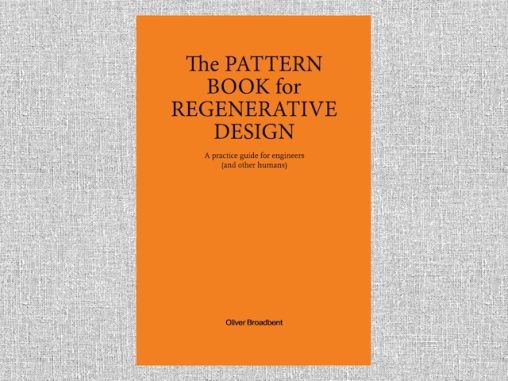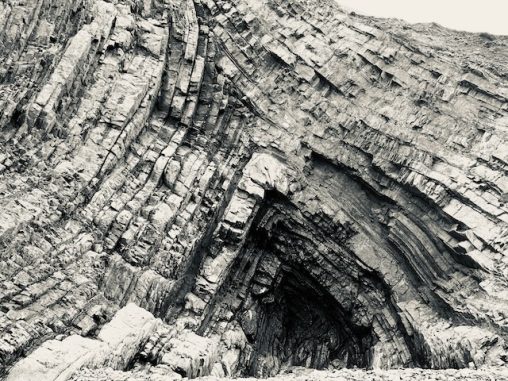Category: The daily blog – For Engineers (and Other Humans)Page 1 of 5
My daily blog on creativity, regenerative design and practical philosophy drawn from across my teaching, writing and collaborations. Sign up for my weekly digest by clicking here and choosing the appropriate button.
You start by imagining the people who are going to read it. Some readers will be interested in exploring regenerative design for themselves. Others will be looking for…
Designers are teachers. We take people on a journey that gets them to say, “Yes, that’s what I want.” Good teaching is rarely about setting out the whole picture….
We see patterns, We think in patterns, We create patterns. A pattern is something that repeats, A drum beat, An oscillation. Patterns make things regular and therefore intelligible,…
In a traditional loom, strong fibres are stretched out in one direction, through which a second set of perpendicular threads is tied in. These longitudinal threads are called…
Cognitive dissonance is when we know something to be true but we don’t act as if it is true. In the built environment sector, the cognitive dissonance is…
The language of patterns echoes systems thinking, an important thread in regenerative design. The idea of a repeatable pattern also invokes time, another important thread to tie in….
In 2022 I founded the Regenerative Design Lab with the intention of helping to figure out what regenerative design might mean for the construction industry, and how we…
We see patterns. We think in patterns. We create patterns. A pattern is something that repeats. A drum beat. An oscillation. Patterns make things regular and therefore intelligible. …
I’m pleased to be able to share that I am working on a new book, due to be published later this spring. ‘The Pattern Book for Regenerative Design…
Try the following experiment: Now do the same for the vertical axis. For me my regular screen is just 1/20 of my field of vision. My phone screen…
Some time ago, I took James Webb Young’s kaleidoscope analogy for having ideas and ran with it, building a whole model for helping engineers (and other humans) understand…
If we are trying to make the world better, then we need a creative strategy. Design involves two modes of thought: divergent and convergent. The divergent part helps…
Bristol’s craft brewers are constantly experimenting – mixing patterns to create something new. Over the years I’ve been fortunate to facilitate workshops for teams from local breweries, which…
The simple model we use in our teaching at Constructivist is that an idea is simply what happens when we take two existing patterns and mix them to…
I hope that in my recent posts I’ve made the case for the need for divergent thinking in our work as engineers (and other humans). If you’d like…
My thanks to Jen Ford of Factory X for this analogy. Regular design is like thinking to yourself, “what do I want for dinner?” then going to buy…
I’ve been writing this week about when is and isn’t a good time to optimise. And also about the way a street theatre clown uses feedback to keep…
In street theatre, the clown lives for the audience. I’m not talking here about the stereotype of the kids’ entertainment performer, but of the much older sort of…
It is easy to do something the same way we did it before. The previous time acts as a guide. Using the same approach as last time gives…
Here’s a facilitation structure (straight from our How to Run a Great Workshop Workshop playbook) that I’ve used in a wide range of contexts, from a global Zoom…
One of the participants in the Regenerative Design Lab is exploring working with The Purpose Xchange, who work directly with individuals to uncover their dreams and aspirations. The…
The question came up at a recent roundtable: how do we inspire designers to act regeneratively. And I said, train to be a plumber. But instead of plumber…
The Forest Ark is our most distinctive building at Hazel Hill Wood. It was designed in 2008 to showcase high-tech, off-grid living. Within its curving, organic form, rainwater…
Two days ago we had the Convergent Poem, full of ways of working that engineers (and other humans) tend to get praise for. Here is its awkward sibling,…
Here’s a made-up story I usually tell in our How to Have Ideas workshops at Constructivist. It is a story from the distant past when humans lived without…




